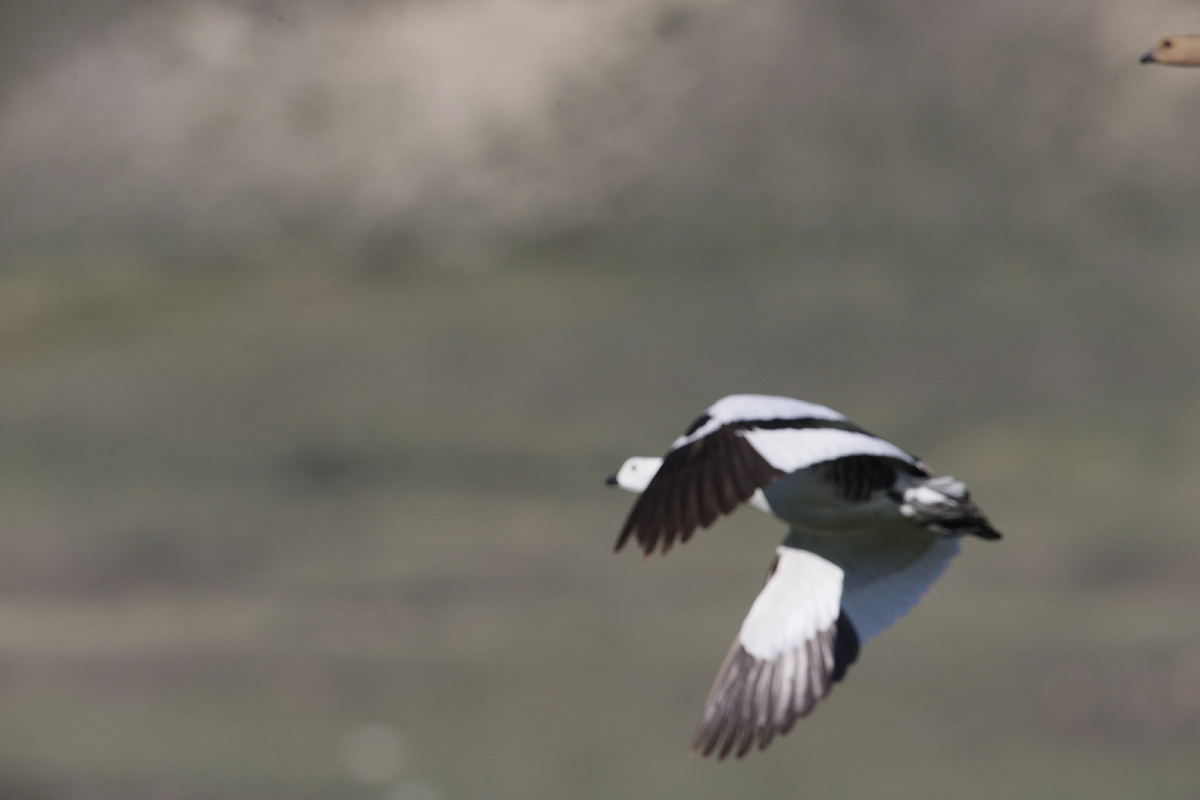
|
|
This Upland Goose image was created with the Gitzo 3532 LS carbon fiber tripod, the Mongoose M3.6 head, the Canon EF 600mm f/4L IS II USM lens, the Canon 1.4x EF Extender III (Teleconverter), and the Canon EOS-1D X. ISO 800. Evaluative metering -1/3 stop off the goose on the green grass before take-off: 1/2000 sec. at f/9 set manually. Central sensor/AI Servo Surround/Rear Focus AF active at the moment of exposure. Click on the image to see a larger version. |
Flight Photography is Difficult
What’s wrong with this one? Aside from being grossly out of focus, the goose is flying away from the photographer and is at least a bit too small in the frame. I have said and written often that I am not a very good flight photographer. The image above is proof of that. And the ravages of advancing age with poorer hand/high coordination, decreasing strength, and slower reaction times are not making things any better. Many beginning and intermediate photographers do not realize that even experienced professional bird photographers delete well more than 90% of their flight images.
Today’s post is, however, meant to encourage folks. Read on.
Panning Speed
As you can see in the image above, it is vitally important that you find the bird in the center of the frame, acquire accurate focus, and then match the speed of the bird in flight with your panning speed. In most cases folks pan too slowly; the bird often winds up to far forward in the frame. Here however, I did the opposite: panned too quickly. If you asked me how the AF system maintained accurate focus with the active sensors (central sensor/AI Servo AF Surround) nowhere near the bird, I would have to say that my 1D X customized Case settings for bird photography paid huge dividends. Note: I use the same Custom case settings with my 5D Mark III as with my 1D X.
EOS-1D X Autofocus Guide
Until I get around to doing a complete user’s guide for the 1D X my 1D X Autofocus Guide will help you to master and get the most out of my all time favorite professional digital camera body. It includes my customized Case setting for photographing birds in flight and in action.
5D Mark III User’s Guide
EOS-5D Mark III User’s can learn to set up and use their cameras exactly as I do. Includes detailed advice on all menu and custom function items, AF suggestions, and all you need to know about creating great in-camera HDRs and Multiple Exposures.
Better, But…
With the image above I got the bird fully in the frame, acquired accurate focus, and matched the flight speed of the bird with my panning speed. Yet even thought the image is razor sharp with a perfect exposure it is an instant delete for me because of the position of the near wing. With the near-wing half bent we do not get to see the dorsal surface; for me, this wing position is not at all pleasing. As I say and teach constantly, with a bird flying left to right or right to left, the two best wing positions are wings full down or wings full up.
Persistence
While I am not very skilled at photographing birds in flight and birds in action, I am persistent. In fact, very persistent. The image above that features the bird angling a bit towards us, is sharp and well exposed, and offers my very favorite wing position, wings full down. After an hour of trying, the image above was the last that I made. Success at last. I hooked back up with Denise Ippolito and David Tipling and we headed off looking for backlit Guanacos.
Practice, Practice, Practice
Practice, practice, practice is indeed the best way to get to Carnegie Hall, and is indeed the best way to improve your flight photography. If you would really like to master the art do consider joining us on one of the the upcoming Bosque IPTs see below).
Or get yourself a copy of Jim Neiger’s great e-Guide, “Flight Plan. 🙂
Flight Plan
Check out Jim Neiger’s great, long-awaited new e-Guide on photographing birds in flight here.
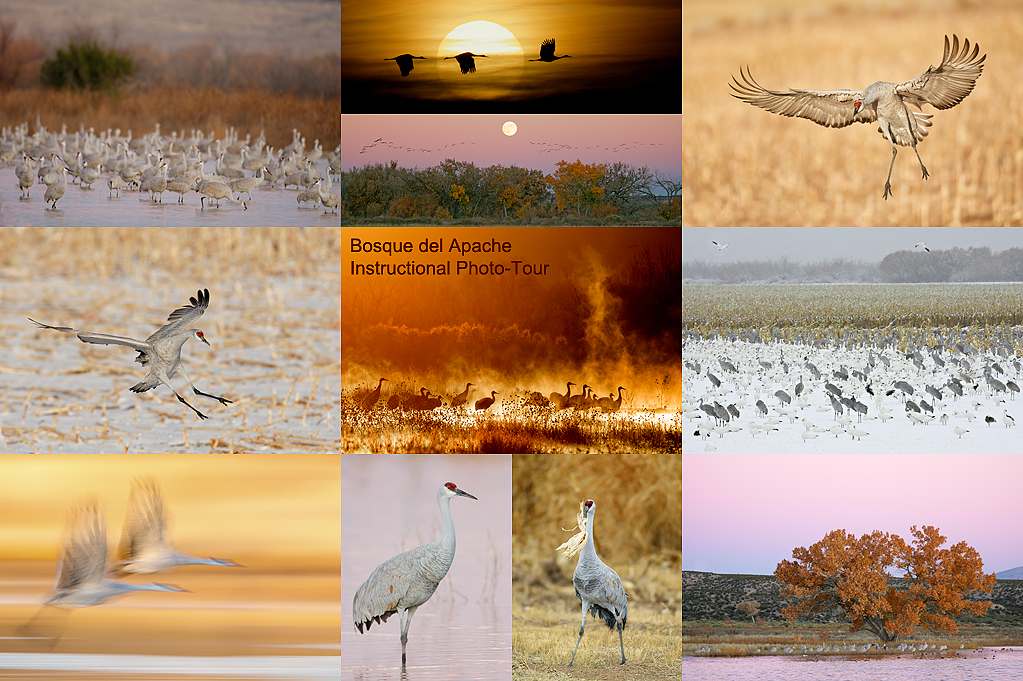
|
|
Bosque Sandhill Crane Composite; click on the image to enjoy a larger version. |
Bosque del Apache 2013 IPT: “The Complete Bosque Experience.” NOV 26-DEC 2, 2013. 7-FULL DAYS: $3399. Co-leader: Denise Ippolito. Introductory Slide program: 6:30 pm on 11/25. Limit: 12/Openings 8.
Please see the info on the short version of this IPT below if you will be spending Thanksgiving with your family.
Tens of thousand of Snow Geese, 10,000 Sandhill Cranes, ducks including point-blank American Wigeon and Wood Duck, amazing sunrises, sunsets, and blast-offs. Live, eat, and breathe photography with one of (if not the) world’s premier photographic educators at one of his very favorite locations on the planet. Top-notch Photoshop instruction. This will make 19 consecutive Novembers at Bosque for me. Nobody knows the place better than I do. Join us to learn to think like a pro, to recognize situations and to anticipate them based on the weather, especially the sky conditions, the light, and the wind direction. Every time we make a move we will let you know why. When you head home applying what you learned will prove to be invaluable. Includes all lunches and the Thanksgiving Buffet at the Crowne Plaza in Albuquerque. I hope that you can join me for what will be an unparalleled learning experience.
There is never a strict itinerary on a Bosque IPT as each day is tailored to the local conditions at the time and the weather. We are totally flexible in order to maximize both the photographic and learning opportunities. There is an introductory slide program on the night before the tour begins. We are up early each day leaving the hotel by 5:30 am to be in position for sunrise. After 18 years we pretty much know where to be when in what sky conditions and what winds. We usually photograph until about 10:30am. Then it is back to Socorro for lunch and then a classroom session with the group most days. We head back to the refuge at about 3:30pm each day and photograph until sunset. Then dinner with the group most nights. We always spend at least one afternoon at the ponds at the Albuquerque Zoo doing Wood Ducks and usually two mornings at New Mexico Tech doing American Wigeons. The rest is Snow Geese and Sandhill Cranes with the emphasis on expanding both your technical skills and your creativity.
A $500 non-refundable deposit is required to hold your slot for this IPT. Your balance, payable only by check, is due now. You will receive an e-mail notifying you of that after you place your deposit. If the trip fills, we will be glad to apply a credit applicable to a future IPT for the full amount less a $100 processing fee. If we do not receive your check for the balance on or before the due date we will try to fill your spot from the waiting list. If your spot is filled, you will lose your deposit. If not, you can secure your spot by paying your balance.
Please print, complete, and sign the form that is linked to here and shoot it to us along with your deposit check (made out to “Arthur Morris.”) You can also leave your deposit with a credit card by calling the office at 863-692-0906. If you register by phone, please print, complete and sign the form as noted above and either mail it to us or e-mail the scan. If you have any questions, please feel free to contact me via e-mail.
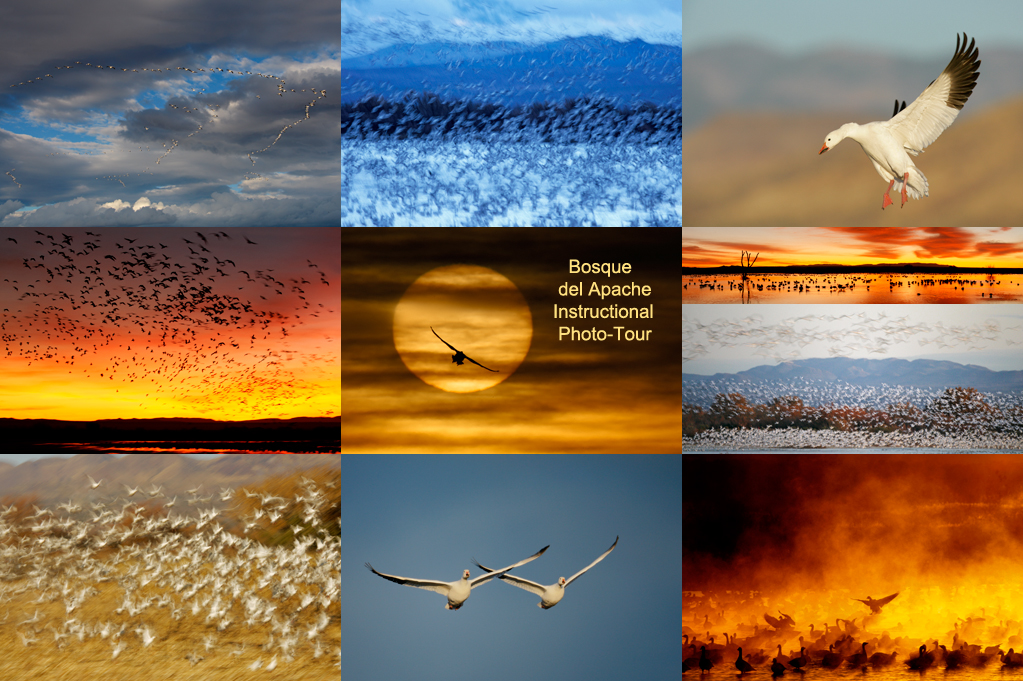
|
|
Bosque Snow Goose Composite; click on the image to enjoy a larger version. |
Bosque del Apache 2013 IPT: “The Short Version.” NOV 30-DEC 2, 2013. 3-FULL DAYS: $1199. Co-leader: Denise Ippolito. Introductory Slide program: 7:30 pm on 11/29. Limit: 12/Openings 4.
Tens of thousand of Snow Geese, 10,000 Sandhill Cranes, amazing sunrises, sunsets, and blast-offs. Top-notch Photoshop instruction. This will make 19 consecutive Novembers at Bosque for artie. Nobody knows the place better than he does. Join us to learn to think like a pro, to recognize situations and to anticipate them based on the weather, especially the sky conditions, the light, and the wind direction. Every time we make a move we will let you know why. When you head home applying what you learned will prove to be invaluable. Includes all lunches. I hope that you can join us for these three great days; they will offer a great learning experience.
There is never a strict itinerary on a Bosque IPT as each day is tailored to the local conditions at the time and the weather. We are totally flexible in order to maximize both the photographic and learning opportunities. There is an introductory slide program on the night before the tour begins. We are up early each day leaving the hotel by 5:30 am to be in position for sunrise. After 18 years we pretty much know where to be when in what sky conditions and what winds. We usually photograph until about 10:30am. Then it is back to Socorro for lunch and then an informal Photoshop/image review session with the group most days. We head back to the refuge at about 3:30pm each day and photograph until sunset. We may spend an afternoon at the ponds at the Albuquerque Zoo doing Wood Ducks and we may spend a late morning at New Mexico Tech doing American Wigeons. The rest is Snow Geese and Sandhill Cranes with the emphasis on expanding both your technical skills and your creativity.
A $500 non-refundable deposit is required to hold your slot for this IPT. Your balance, payable only by check, is due now. You will receive an e-mail notifying you of that after you place your deposit. If the trip fills, we will be glad to apply a credit applicable to a future IPT for the full amount less a $100 processing fee. If we do not receive your check for the balance on or before the due date we will try to fill your spot from the waiting list. If your spot is filled, you will lose your deposit. If not, you can secure your spot by paying your balance.
Please print, complete, and sign the form that is linked to here and shoot it to us along with your deposit check (made out to “Arthur Morris.”) You can also leave your deposit with a credit card by calling the office at 863-692-0906. If you register by phone, please print, complete and sign the form as noted above and either mail it to us or e-mail the scan. If you have any questions, please feel free to contact me via e-mail.
2014 Tanzania Summer Safari
If you are interested in joining us in Tanzania next summer please shoot me an e-mail and I will be glad to forward you the PDF with dates, itinerary, and price.
Support the BAA Blog. Support the BAA Bulletins: Shop B&H here!
We want and need to keep providing you with the latest free information, photography and Photoshop lessons, and all manner of related information. Show your appreciation by making your purchases immediately after clicking on any of our B&H or Amazon Affiliate links in this blog post. Remember, B&H ain’t just photography!




Amazon
Everyone buys something from Amazon, be it a big lens or deodorant. Support the blog by starting your search by starting your search by clicking on the logo-link below. No purchase is too small to be appreciated; they all add up. Why make it a habit? Because I make it a habit of bringing you new images and information on an almost daily basis.
Typos
In all Bulletins, feel free to e-mail or leave a comment regarding any typos, wrong words, misspellings, omissions, or grammatical errors. Just be right. 🙂
IPT Info
Many of our great trips are filling up. Two great leaders ensure that you will not learn more anywhere about how to make great images. Click here for the schedule and additional info.

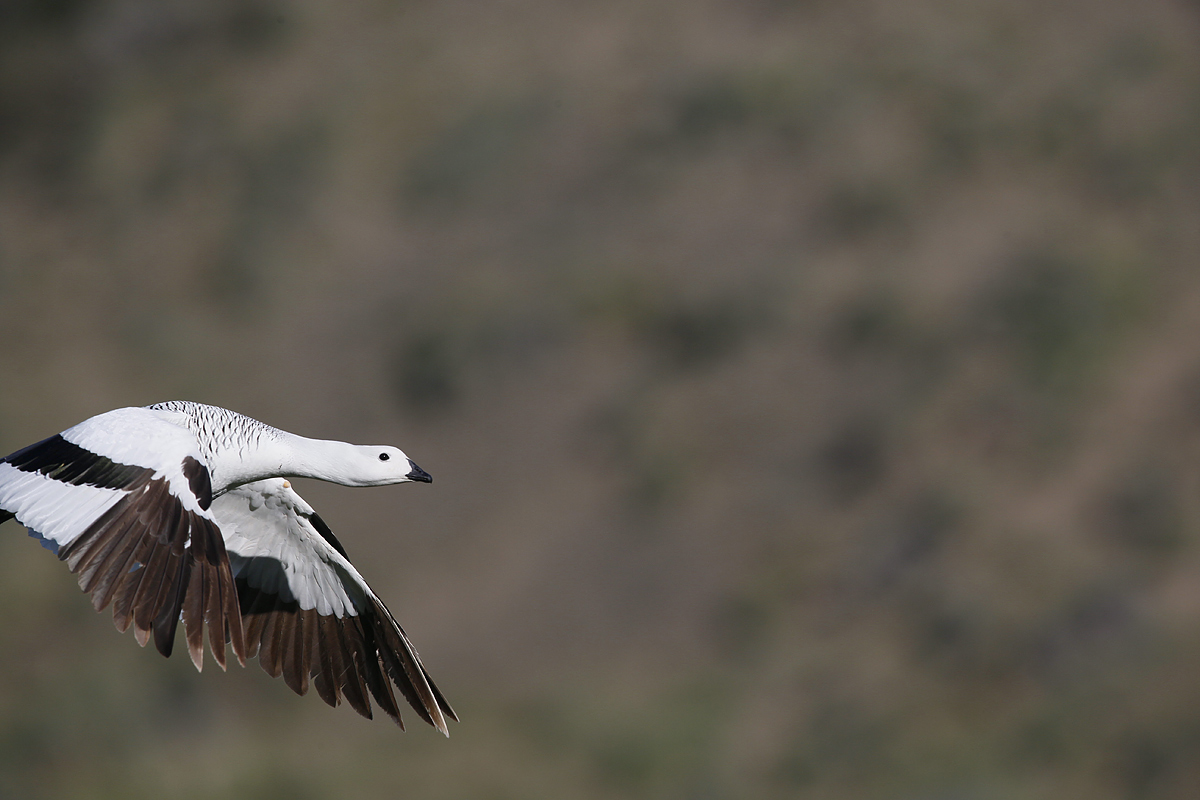
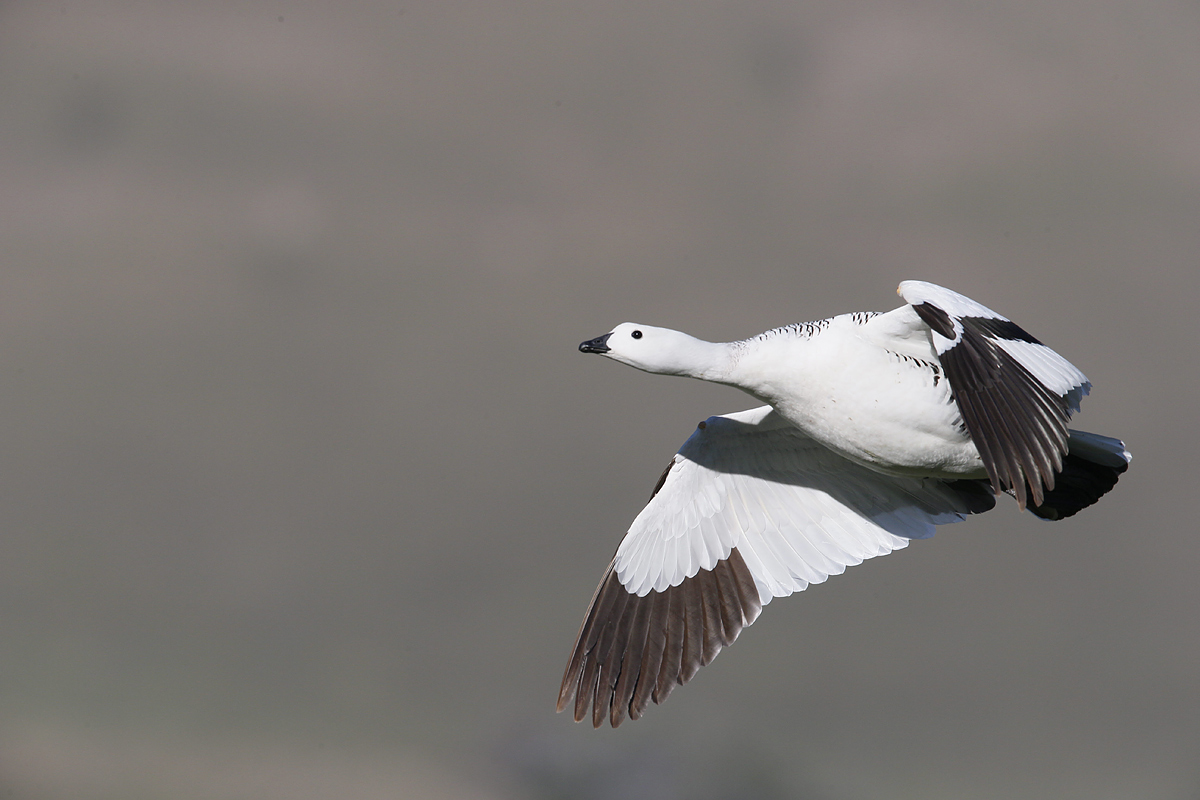
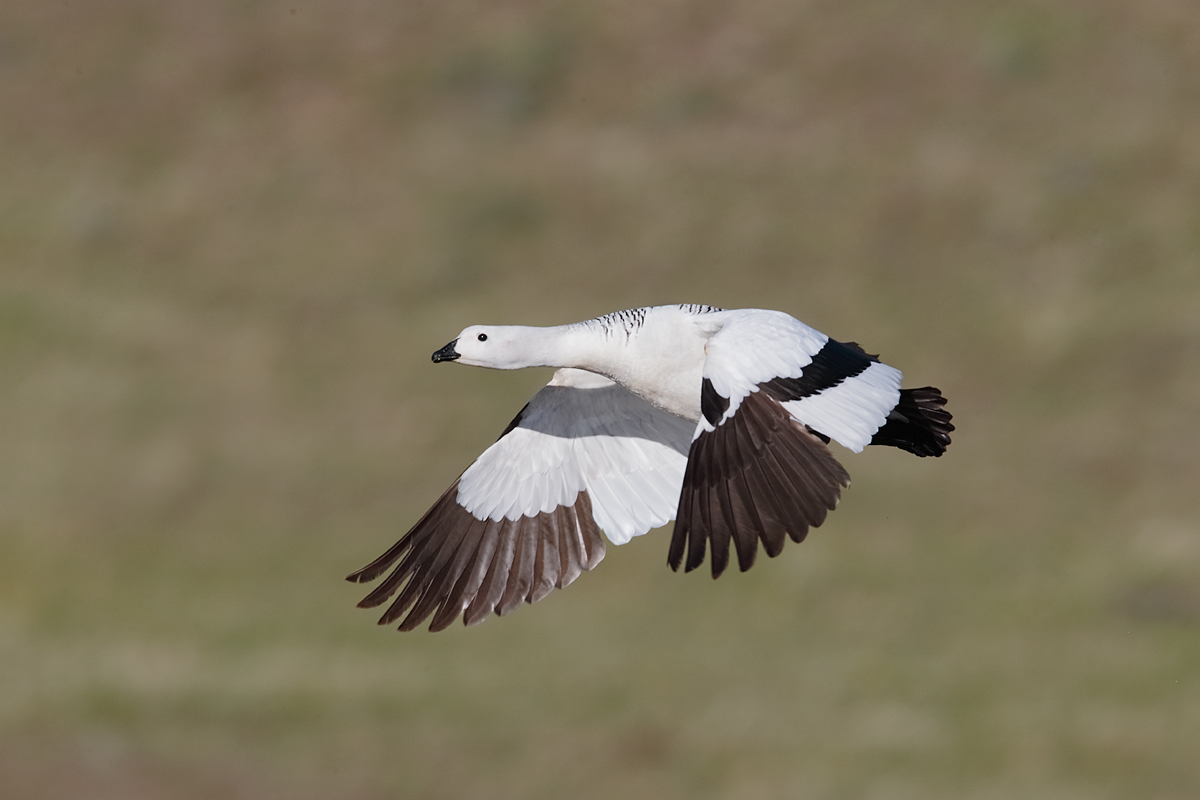
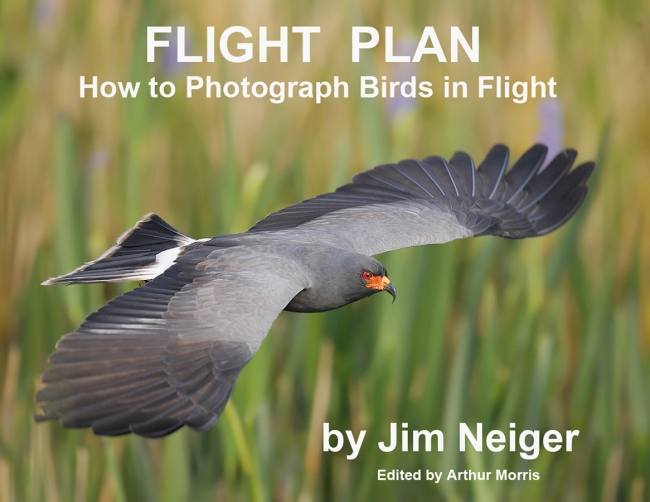













Your in-flight shots are awesome artie and all of your efforts to obtain them are very much appreciated. BTW, I am reading and very much enjoying your book Shorebirds: Beautiful Beachcombers.
Well, as others have commented, it does my heart good to see you miss a shot or two. I’m often out there shooting landscapes and whatever else presents itself, will see a hawk overhead, will do my best with my limited gear (1Dx, 70-200 f2.8 II), and more times than not come away with nothing, nada, zilch, zippo.
Sometimes I blame the equipment, other times myself, and again both. Years back I went to a place near the NJ/Pennsylvania border to shoot Bald Eagles. My buddy spotted an eagle probably 75 yards away in a tree. I had my then somewhat trusty 300 f2.8 IS. The damn lens wouldn’t focus on the Eagle, as if it was just too far away for proper focus. Another time another buddy took me to Rye Beach, NY area where he had seen an owl previously. Damned if that owl, and his mate, were not in the exact same tree, but approximately 80 feet up. Once again, I could not get a shot. My friend borrowed my 70-200 with 2x III, placed it on his 7D, and with the crop factor he got a few decent ones. Mine were garbage.
mark
Hi, Artie. I agree with Fabrizio, Larry, and Bill. I spent today photographing eagles fishing and everyone there, including me–and there were a lot of people there–got more misses than hits. Well, everybody I spoke to did. Great lessons as usual and some terrific images of beautiful birds.
Thanks.
A way to get a lot of practice photographing birds in flight is take a friend and a bag of stale bread to the beach or anywhere there is a large concentration of sea gulls. Have the friend start throwing the bread in the air. The birds will come giving you ample shots. For the city folk pigeons will also work. Country folk already know where to find birds in flight.
Art, the whole point of this post is very clear; but…
“I am not a very good flight photographer”
are you aware that this statement might cause mass suicide of many amateur bird photographers? 😉
Or they say the difference between an amateur and a pro is not only that the pro has a BIG trash can, but the pro never shows you the bad shots (except for teaching). Thanks for sharing your bad shots it helps us amateurs realize that great bird images take lots of practice and lots of trash before gems can be produced.
Some 30 years ago, I took the Nikon course. The one thing I always remembered learning was that the best photographers were the ones with the biggest waste baskets.